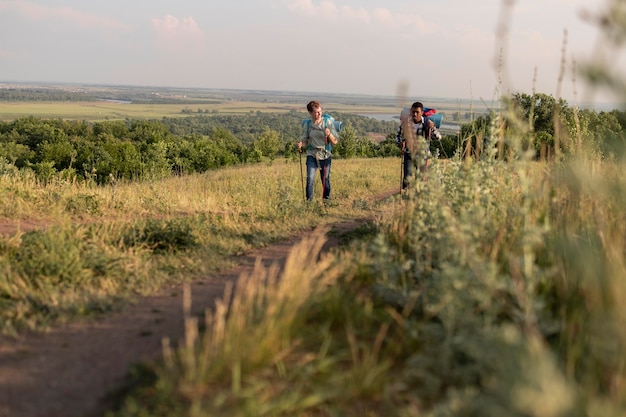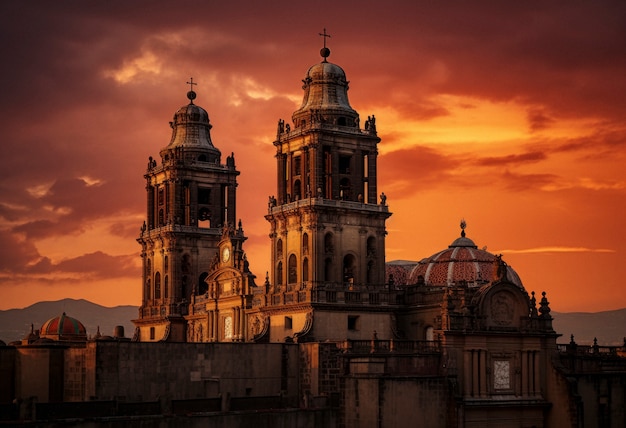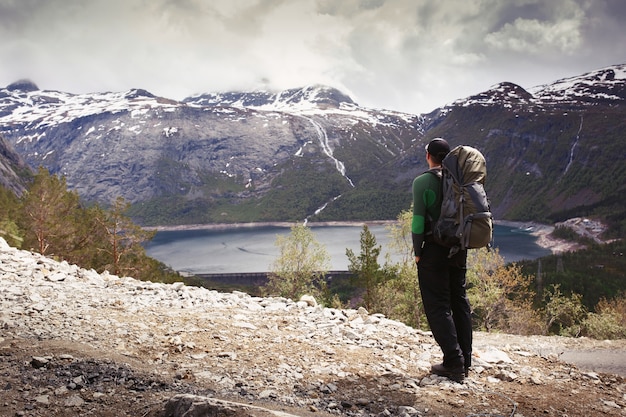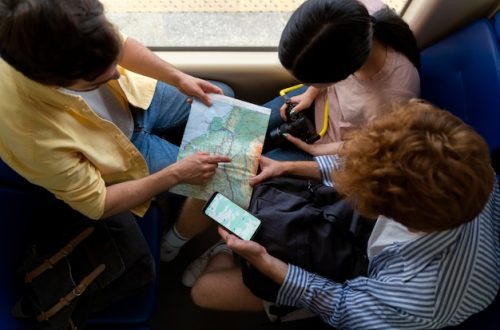
Every avid traveler has likely heard of the Camino, the renowned pilgrimage route in Spain that begins in the Pyrenees and ends in Santiago de Compostela. For over a thousand years, pilgrims have walked its 780 kilometers, but it has gained immense popularity in recent decades. Inspired by Paulo Coelho’s “The Pilgrimage” and the movie “The Way” starring Martin Sheen, thousands flock to experience the trail’s spiritual and natural wonders.
As of early 2016, the idea of embarking on the Camino had been brewing in my mind. Yearning to escape London’s relentless pace, I fantasized about carrying the iconic scallop shell and setting out with nothing but a backpack and a walking stick. I craved an epic journey, an opportunity to reflect and meet fellow travelers.
After quitting my job, I began seriously preparing for the Camino Francés, or the Spanish Way. But curiosity led me to retrace my steps on the map, moving east from the traditional starting point of St Jean-Pied-de-Port into France. I soon realized that Spain is just the convergence point for many pilgrim paths from France. I was drawn to Le Puy-en-Velay, the starting point of the Via Podiensis pilgrimage route.
Research revealed that walking from Le Puy to St. Jean involves crossing dramatic mountains, forests, valleys, and medieval towns with ancient monasteries. I quickly shelved my plans for Spain and, in May 2016, I set off on the French Way of St James.
The Via Podiensis, or Chemin du Puy, is similar in length to the Camino Francés, about 750 kilometers, which takes around 4-5 weeks to walk. Like in Spain, there are affordable walkers’ refuges, called gites, and the route is dotted with ancient chapels and medieval cathedrals.
Reflecting on my journey in France, it feels dreamlike. Most days felt like I was floating through another world. The first week was particularly awe-inspiring, moving from the volcanic landscape of the Haute Loire to the mountainous Margeride. Local legends of the Beast of Gevaudan, a man-eating wolf from the 18th century, added a thrilling backdrop to the solitary forest trails.
Then came the Aubrac, a high plateau with vast rock formations, reminiscent of England’s Yorkshire Dales. Accommodation varied, including a dorm bed for €12 in an old pilgrim hospice.
One magical day led me through three stunning medieval towns—St Côme d’Olt, Espalion, and Estaing—many of which are UNESCO-rated with intact medieval cores. The route descends from the heights, meandering over Cahors’ spectacular Pont Valentré bridge and through Figeac and Moissac’s wonders. The landscape transitions to fairy-tale forests, rolling hills, medieval towers, and fields of wheat. Many shed tears upon first sighting the Pyrenees, signaling the entry into the Basque Country.
The camaraderie among fellow pilgrims was another highlight. Unlike the younger crowd on the Spanish Camino, the Le Puy route attracts older or retired French groups. Evenings spent dining together at gites turned strangers into lifelong friends, as we shared stories, laughs, and local cuisine.
Acts of kindness were commonplace; pilgrims often helped each other with meals, accommodation, and even medicine. The honesty and support found on this pilgrimage were unparalleled, forming tight bonds as we walked 19-28 kilometers daily for weeks.
People walk the Camino for diverse reasons—some for the stunning landscapes and reflection, others to cope with loss or change. The journey’s significance grows with each step, village, and conversation. It’s a transformative experience that helps you reconnect with yourself and find peace.
Contrary to popular belief, walking the Camino in France isn’t prohibitively expensive. While Spain might be cheaper, France isn’t far behind. My walk cost about €30 a day, totaling €1100—far less than one would expect for such an enriching experience. Gites are frequent and affordable, often costing €10-12 with cooking facilities. Some include meals for a bit more, making it worthwhile to savor local hospitality.
Now hooked on long-distance walking, I plan to take on other Camino routes, like the Via Tolosana in southern France, and dream of attempting the Pacific Crest Trail. But for now, I’ll explore England’s exceptional walking trails. To all future pilgrims, I wish you bon chemin!
Tom Caley runs IndieLifestyle.net, focusing on travel, fitness, and personal growth. He enjoys push-ups, mountain adventures, and reading about heroes.




